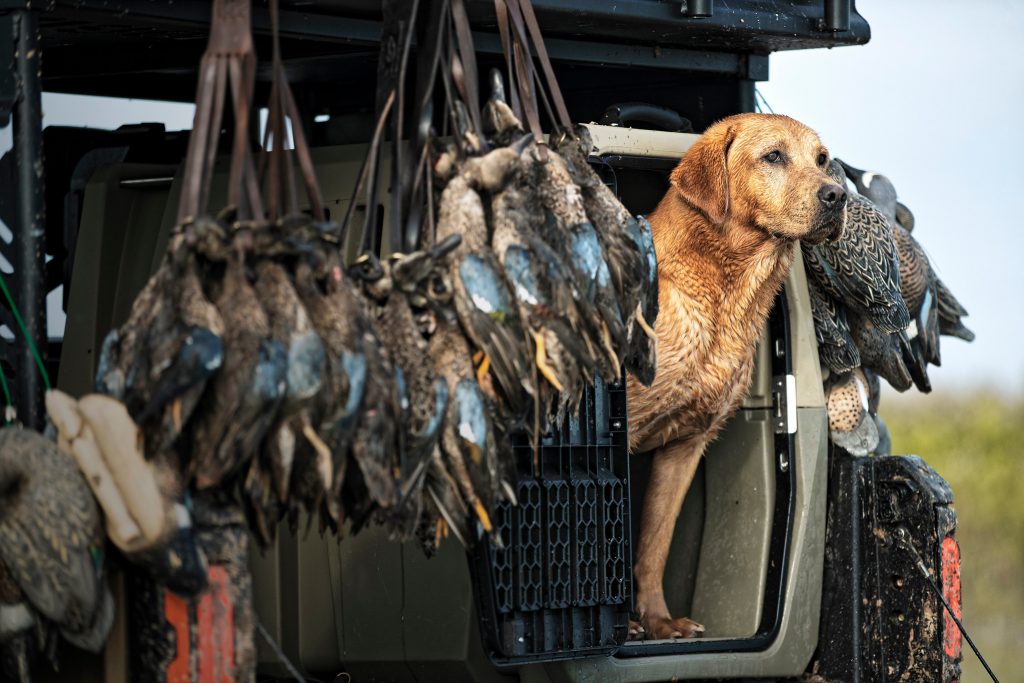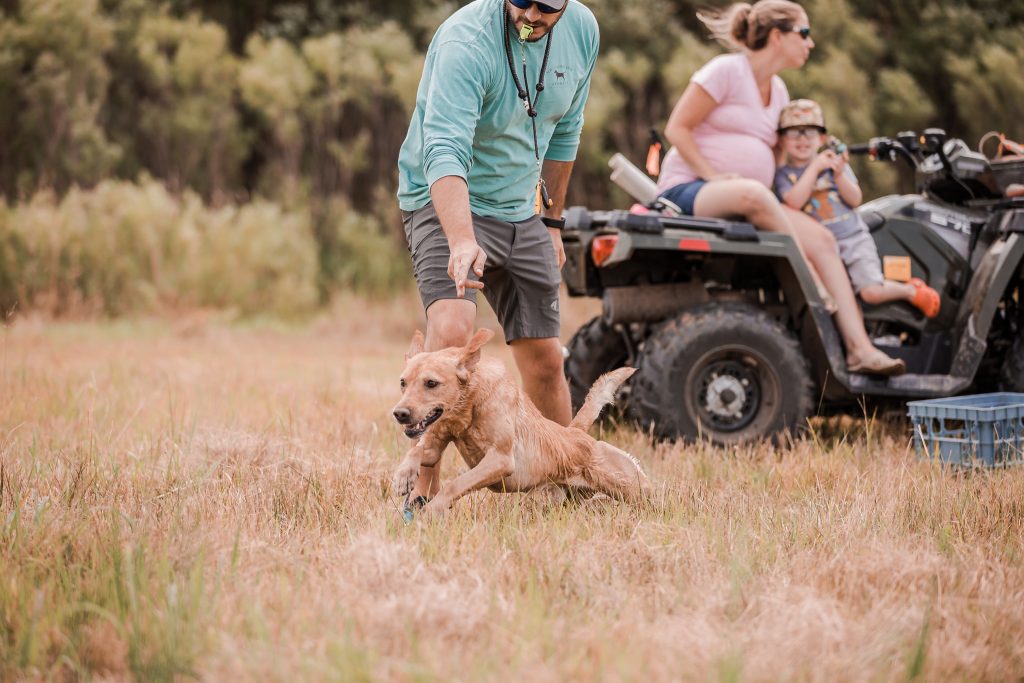We have a strong cultural tendency to exaggerate generalizations into absolutes. While there are many general truths regarding the differences between British Labradors and American labradors, there are often just as many exceptions
The Phrases “American” and “British” Labs
I often hear people make comments such as, “My American Labrador had to be British!” The truth is that all of the characteristics found within the overarching breed of the Labrador Retriever can be found in both British and American lines. They are not two separate breeds any more than Southerners and Northerners are two separate types of humans. There are, however, some stark contrasts between the two. Before we dive into these differences (part two), it is important to understand what causes them.
When the terms “American Lab” and “British Lab” are used, they are usually describing retrievers that would be considered well-bred for fieldwork. This means that there is some level of field-evaluated accomplishment in their pedigrees. Labradors bred from pedigrees lacking in evaluation are neither British nor American; they’re just labradors. The British/American distinctions arise from how the dogs’ fieldwork is evaluated within each country’s kennel clubs.
It is also important to note that these are field-bred dogs, not show-bred. There is a third category of Labrador retriever, “English labs,” which are bred for the show ring and are not evaluated on fieldwork. English Labradors are not the same as British labradors, as one is bred for its hunting ability and the other is not.
Field Accomplishments
So, what are these evaluations of field accomplishment? The most common types are field trials and working tests. Field trials are set up so that dogs compete against one another, with lesser dogs being dropped from the class as the trial continues. Working tests are set up so that dogs compete against a set standard, and dogs earn either a passing or failing grade. Both are set up so that dogs will accumulate certain amounts of wins, passes, etc. in order to achieve some sort of title. Time does not allow us to go into all of the various titles used in both American and British fieldwork. What is important to note is that any dog considered to have a pedigree will have parents, grandparents, great-grandparents, and so forth who have achieved these titles, whichever they are.
Here is where we begin to see the foundation below the distinctions between British and American Labradors. British trials/tests and American trials/tests evaluate very different qualities. In America, dogs are tested thoroughly on marking ability, handling ability for blind retrieves, and the ability to travel great distances across many factors (wind, water, land, cover, etc.) without “breaking down.” In the United Kingdom, dogs are tested thoroughly on game-finding ability, steadiness, and control. To be fair, there are so many aspects of these tests and trials that overlap. Dogs may not break in either. Dogs must mark the game and accurately retrieve it. Dogs must deliver the non-damaged game to the hand of their handler. Dogs who fail to work properly in the field will be dropped or fail in both trials. Dogs who do not demonstrate drive and enthusiasm to do the work will not earn a title.
The differences in the methods of evaluation, though, really do lead to two totally different types of Labrador:
SOK British Lab
Field-Bred American Lab
Methods of Evaluation
In America, dogs must be bred to handle quite a bit of pressure. Pressure is used to push the dogs to hold straight lines, to handle the factors well, and to handle well at extreme distances.
Dogs must also be quite driven to perform the required task of retrieving two to four birds in one “round.” In the United Kingdom, dogs must be able to handle an extremely large amount of stimulation while remaining completely under control. American dogs are often asked to honor another dog making just one retrieve, maybe two. British dogs are always asked to honor half a dozen or more dogs retrieving all day. For every bird a dog retrieves in a British trial, they must sit steady and watch every other dog on the line retrieve. In America, line manners are important insofar as dogs cannot be excessive in any non-desired behavior. Small breaks might be allowed, so long as the dog is stopped quickly. Whining is allowed so long as it is not excessive. Dogs are typically wound tightly from the holding blinds to the line, and they’re the only dog on the line.
British dogs cannot make a noise or have even a small break. Any demonstration of a lack of control or manners results in disqualification. British trials are also held on live hunts, not simulated. Live birds are flushed and shot either in a driven or walk-up manner. No dog will have the same retrieve. (This is much like Spaniel trials in the AKC) American dogs will all retrieve the same setup throughout the day. This allows for very tight comparison and judging between individual dogs as they set out to perform the same tasks. British dogs will not be asked to pick up multiples in most instances. If four birds are shot, four dogs will be sent, one at a time. If a dog fails a retrieve, the next dog in line has a chance to successfully complete the retrieve, thus eliminating this previous dog in what is called an “eye-wipe.” The maximum distance of retrieves will be the maximum distance a clipped bird might sail after being shot by a gun that is within one hundred yards or so of the dogs.
This article was originally written for the Gunner Kennels Blog by Barton Ramsey




